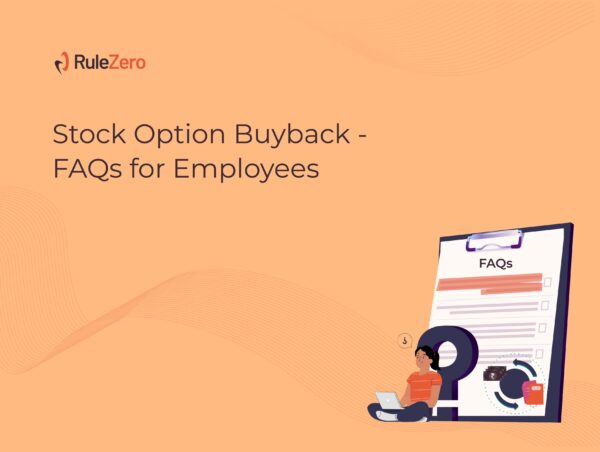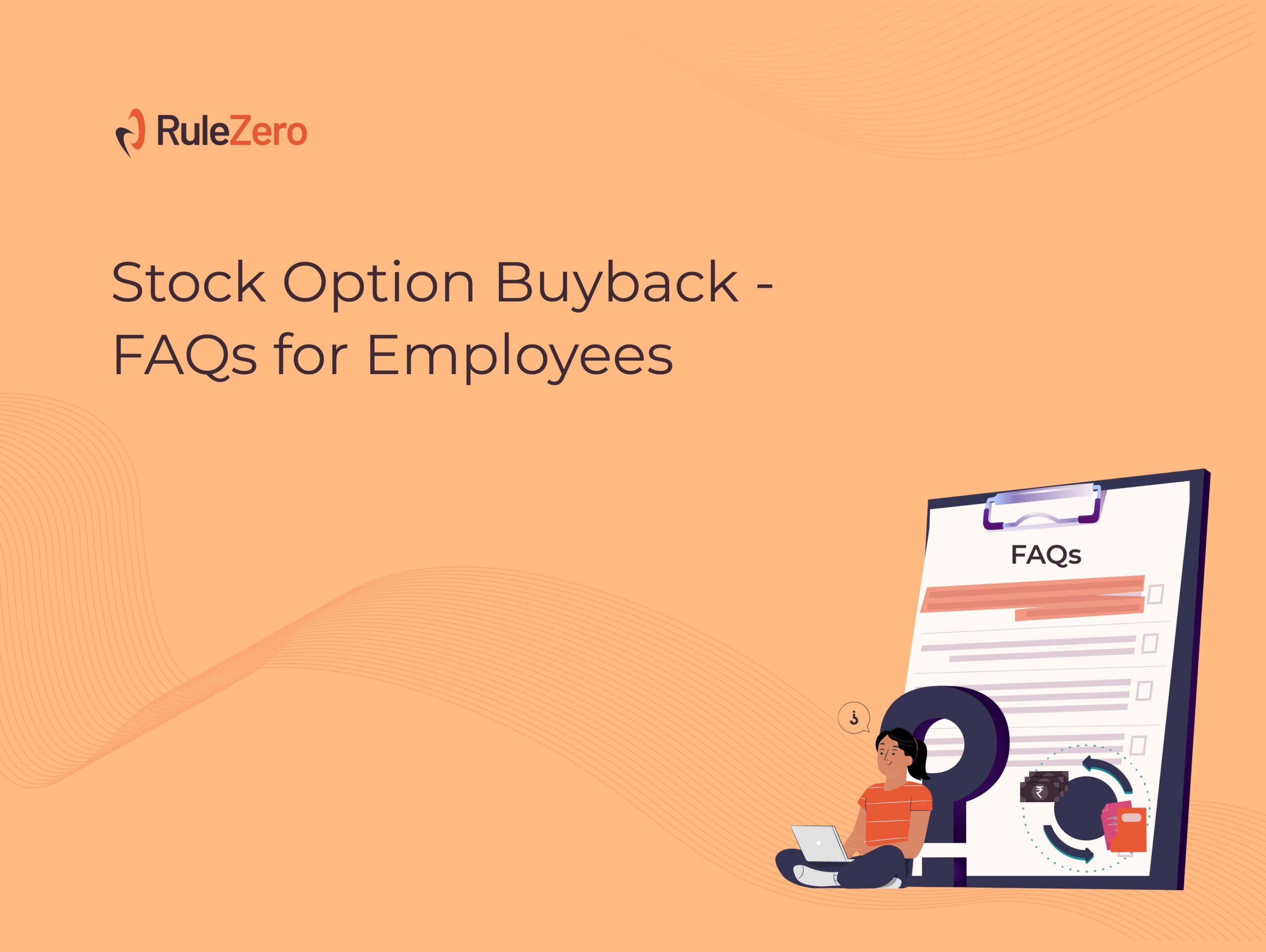Our previous article, ‘Basics of cap table’ briefly explained what a cap table is. Here, we talk about what cap tables are used for, and why they are important to both founders and investors.
- Updated capital structure: A cap table sets out a company’s capital structure succinctly. Potential investors usually study the target company’s cap table keenly before they invest. It helps them make informed decisions, particularly formulating a post-investment capital structure using different models.
- Shareholders’ profile: It’s essential to understand who is holding shares in the company, since some or all of them may have rights to change many of the company’s decisions. Cap tables help collate all shareholder information in one place.
- Financing documentation: All financing raised by the company is evidenced by a set of documents, such as term sheets, shareholders’ agreements, etc. Rights given to shareholders in these documents are built into the cap table, which is updated after each round of financing. So, analysing the latest cap table will help in fixing the terms of a new round of funding.
- Valuation: Investors first determine the worth of a company before deciding to invest. This is called valuation. A diligently prepared cap table shows not only how much each shareholder owns but also how many shares were acquired at what price and whether, with time, this price rose or fell during each successive round of capital infusion. This gives investors an accurate snapshot of the company’s growth trajectory.
- Planning future financing: A cap table can be used to work out various investment structures in anticipation of impending financing. This enables founders and existing investors to visualise what the shareholding structures should look like and understand the impact of different types of securities, helping them devise the most suitable security, whether plain equity shares or convertible instruments.
- Types of securities: The type of security issued determines what the shareholding structure will look like. A comprehensive cap table will show exactly how many securities have been issued during each financing round, who owns what type of security, and what rights are associated with each type of security.
For example, if the securities issued in a particular round are compulsorily convertible preference shares (CCPS) then, the terms of issue of CCPS determine the rights of a shareholder. The terms of issue will also include the event (or condition) that will lead to the CCPS converting to equity in the future. On the other hand, if the securities issued are redeemable preference shares (RPS), then such securities are only redeemed in exchange for cash, without affecting the share structure in any manner.
Analysing a cap table will allow the management to take a call on what type of security can be issued in future, to make sure that the company has a healthy cap table, and no shareholder is diluted unfairly. - Share transfers: A cap table records not only investments from third parties and resultant issue of shares, but also internal transactions amongst existing shareholders. All transfers (sale or gift), whether between shareholders or to outsiders, are recorded in the cap table, providing complete and accurate information at all times.
- Exit planning: When the sale of a company is being planned, every potential buyer would want to know its worth. Since a cap table contains all historical data, including about investments and transfers, valuing the company as well as ascertaining the exit value for each shareholder becomes convenient. Where investors expect a return on their capital during a liquidation event (which usually includes the sale of a company), the cap table makes it easy for stakeholders to calculate the amount payable and plan the exit based on agreed terms.
- Stock options pool: Options – issued or otherwise – have an impact on the shareholding structure. Therefore, ascertaining the quantum of options to be reserved in a stock option pool can be decided after looking at the cap table. This ensures that the pool contains an optimal amount of equity – neither too much nor too little.
- Stock restructuring: Many companies restructure their stock by either splitting a unit of stock into multiple units or consolidating multiple stock units into one unit. While these decisions do not lead to any change in the shareholding percentage of the existing investors, it does change the number of shares every shareholder holds in the company, which affects the cap table. These are vital decisions that companies often take after referring to the existing pattern of ownership in the company evidenced by the cap table.
Each round of investment into a company is based on certain terms that are recorded, initially in a term sheet and later in a shareholders’ agreement, to protect the interests of all parties. Cap tables help represent the rights of parties and the impact of exercise of these rights in a practical way. Some important rights that can be understood from a cap table are:
- Liquidation preference: In an event of liquidation of the company, the holders of preference shares are entitled to return of capital they invested. ‘Rank’ and ‘participation’ provide information on when and how much of the proceeds of liquidation the shareholder is entitled to receive.
Looking at how strong or weak a cap table is as on date can determine the amount an investor is entitled to receive, which is the amount of investment (return of capital or 1x) or a multiple, that is, 1.2x, 2x, etc. A multiple of 2x means the shareholder is eligible to receive twice the amount of capital invested as the (or one of the) preferred investors at the time of liquidation. Shareholders may also be allowed to participate in excess proceeds, and whether to allow this or not is a management call.
Further, to ensure that equity shareholders are not disadvantaged, upper limits on participation in the proceeds of liquidation can be set, especially when investors have a right to more than return of capital (1x). Such a cap on participation can also be defined to ensure that the equity shareholders are not unduly disadvantaged in a highly valued exit.
- Voting rights: Voting rights allow preference shareholders to participate in shareholders’ meetings and exercise their votes. This is significant because knowing how many shareholders have voting rights helps companies and management define their approach and strategies, especially when it concerns certain reserved matters, on which investors exercise a veto.
- Dividend: Dividend payments means companies shell out cash. Companies look at cap tables to note the class of securities issued till date and understand their financial implications (dividend pay-out or redemption). Accordingly, they can decide on the terms of issue of newer securities to be issued in future financing rounds.
- Anti-dilution: Investors fund companies with a goal to earn high returns on their investments. This happens when the company grows and the value of the company goes up. However, this is not always the case. For many practical reasons, the company’s value may drop, and it is always best to be prepared for such events. There are ways in which a shareholder can be compensated when the company is valued less than at which they invested (down round). A cap table comes in handy in these situations, to ensure that the right method of anti-dilution is being applied and that the shareholding percentage of existing shareholders does not drop.
- Conversion: Conversion formula and price are determined based on the price per share at which the convertible instrument converts to equity. The previous funding round (priced or a non-priced round) determines how the convertible instrument will convert the new round of funding. For example, if the previous round was a non-priced round, the conversion ratio must be provided assuming a base valuation (the value below which the convertible cannot be converted to the security being issued in the new round). These parameters can be set only by looking at the cap table of the company as on date and working out various scenarios.
To understand this further, let’s use a numerical example. If the company is valued at INR 15,00,000 in the new round of investment, and the base valuation is INR 8,00,000, then the value applied for conversion will be INR 15,00,000. In the same example, if the company is valued at INR 7,00,000 in the new round, then the value considered for conversion will be INR 8,00,000.
- Capped value: The maximum amount (company value) beyond which the convertible instrument cannot be converted to equity is the capped value. For example, if the valuation of the new round is INR 15,00,000 and the value is capped at INR 18,00,000, the conversion will occur at INR 15,00,000. In the same example, if the company is valued at INR 25,00,000, then the value applied for conversion will be INR 18,00,000.
- Cap on discount: The maximum discount that can be applied to the value of a company during financing. This protects the company from an unfair conversion value that results in giving away too much equity. A limit on discount also protects founders, limiting their dilution. The value of the company in every round of funding can be determined from the cap table.
- Right to maintain capital (pro-rata investment): A protection typically offered to an investor is the right to maintain their shareholding in the company during successive rounds of financing. If a current investor (CI) chooses to exercise this right, knowing how much a potential/new investor is bringing in can be used to calculate the extent of dilution of CI’s shareholding, and crucially, the exact amount CI must invest to avoid dilution. Typically, shareholders are provided rights at the time of agreeing to the terms of funding. If cap tables have a record of which shareholder enjoys what kind of rights, existing shareholders on the cap table can execute their rights accordingly.
As you can see, cap tables provide a wealth if managed correctly. Decisions taken based on a clean cap table reduces the chances of friction between the company and its shareholders. It helps steer the company in the right direction.
More in this series
- Part III- Numerical Example of a cap table










